Clarify and Age
With fermentation complete, you have wine. The magical sensual elixir and drink of Greek gods. Slow down, don’t get the chariot in front of the horses! The wine is cloudy, and rough in taste and texture. If there are no obvious flaws or significant off-flavors, you should be able to pick up some semblance of the grape varietal smell and taste. If so, you’ve done your job so far.
You’ve spent on average 10 to 20 days to get to this point. Clarifying and aging transforms the wine into its ultimate expression. Depending on the varietal and stylistic approach, it can take five months to over a year before you’re ready for bottling white and rosé wines. If red, once again dependent on the varietal and approach, six months to two years (and more) is not uncommon.
Why so much time? Because it takes time for the wine to clear and evolve through aging into the elixir you desire it to be. The process begins with the removal of the gross lees, which are suspended dead yeast cells and other components visually obvious after fermentation. After gross lees removal, finer lees settle as well. Lees removal not only assists with clarifying a wine but also can lessen distracting flavors letting the natural varietal tones come forth.
The primary mechanism to remove the lees is racking. The process involves the transfer of wine from one vessel where the lees have settled to another vessel, leaving the lees behind. Depending on the wine, multiple rackings may occur. Another clearing mechanism integrated with racking involves fining. Fining utilize agents, clearing the wine more precisely of suspended components the eye may or may not discern. Importantly, fining agents are also used to correct taste faults in wine such as too much astringency and/or tannin.
While racking and fining clears the wine during aging and is all that is necessary for the average home winemaker, certain wine producers promote aging on fine lees developing fuller and richer flavors for certain wine types, such as Chardonnay, Chablis, Champagne, and others. Stepping up this process is Sur Lie (French for “on the lees”), where fine lees are stirred back into the wine over a period of time.
Filtering is the last clarification method, typically conducted right before bottling. Filtering is not a required step, though it is commonly deployed by commercial winemakers. Filtering can add sparkle to a finished white wine or as professionals characterize it, polish to a red wine. A very fine filtering mesh of a certain size sanitizes the wine, removing lingering biological elements such as microscopic yeast cells, ensuring the bottled product is shelf stable.
The potential of microbial spoilage and oxidation are additional factors the winemaker must attend to during clarifying and aging. Sulfite is used as a preservative protecting from oxidation. Sulfite naturally occurs during the winemaking process but not at the level necessary to protect the wine. Sulfite additions are hotly discussed in some quarters and are unfairly blamed for causing headaches. As a winemaker hobbyist, using sulfite combined with good sanitation and handling practices, are the best way to ensure a wine remains fresh during production and in the bottle. It should be noted oxygen is not always a bad actor. A touch of oxidation helps develop deeper and more complex flavors in red wines.
Clearing and aging assist in bringing forward the fruit flavors characteristic of the grape. Depending on the varietal, additional winemaking additives and techniques are applied adding to a wine’s favor profile.
Techniques are discussed in the topic blocks below. Also covered below are common wine faults that tend to crop up. While this is the longer portion of your wine’s journey, you must keep vigilant!
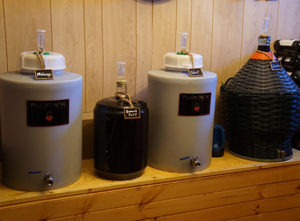
Bulk Aging (WineMaker)
Aging your wine is not the most exciting winemaking topic, but it is a critical topic. Aging wine is considered from the time after your fermentation is completed through the time spent in the bottle before consumption. The three basic goals of aging your wines are to assure stability, to correct a flaw or fault, and to evolve the wine style by increasing complexity, flavor, and aroma.
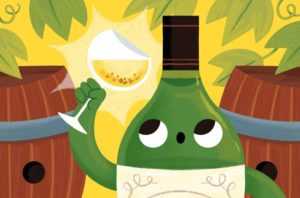
What Are ‘Lees’ in Wine? (Wine Enthusiast)
Lees are like the drunk uncle at a family gathering, it gives a beverage life, but if it overstays its welcome, things could turn left quick. So, what are lees? Where do they come from? As yeast is added to wine, it starts to ferment, converting sugar into alcohol and carbon dioxide as it mixes with the grape juice. Eventually, when the yeast has consumed all of the sugar in the wine, it drops to the bottom of the fermentation vessel.
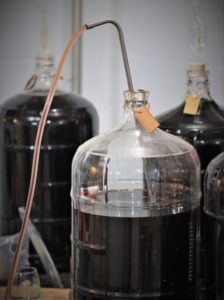
How Often Should You Rack Your Wine? (Smart Winemaking)
Racking is simply the process of transferring a wine from one container to another while leaving behind any sediment or “lees”. Why do you rack your wine? Over time fruit particles and dead yeast cells will settle out of the wine and pile up on the bottom of your container. In the first days after pressing a wine, this layer will be very thick and particularly troublesome.
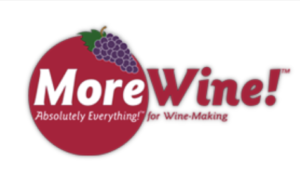
Aging Wine (MoreWine!)
The French use the term élévage to refer to the aging/storage period in a wine’s life. It roughly equates to our term “to raise” in English, as in raising a child. An appropriate term, since our job as winemakers during this stage is to watch over the wine while providing the care and proper environment needed for it to have the best chance of developing positively. Aging/storage is made up of three parts: letting the wine continue to work on its own, monitoring its progress both chemically (by testing) and sensorally (by tasting), and carrying out a series of rackings for clarification as needed.
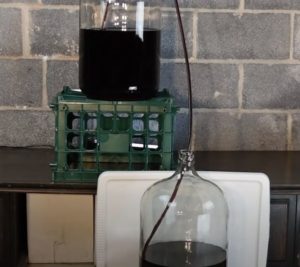
Racking Homemade Wine – Do’s and Don’ts (SHredWorld)
Comprehensive five minute video about why and how to rack (or transfer) wine from one container to another for home winemakers. The advantages and disadvantages of different transfer methods are demonstrated. When to rack? 1 To get the wine off the lees (sediment), 2 when you need the container that it is in for something else, or 3 when you are ready to bottle and you use a different container for bottling.
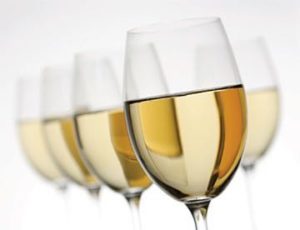
Using Fining Agents (WineMaker)
Pesky cloudy wines! Sediments in the bottle! There is nothing more frustrating to home winemakers than a wine that will not clear or that continues to throw sediments in the bottle. Making crystal-clear wine is an important objective in any type of winemaking. Anything less is considered a serious wine fault — a telltale sign of poor winemaking control — and will probably be shunned by serious wine drinkers.

Wine Filtering and Fining (MoreWine!)
Both fining and filtration are treatments that can be done to further polish or finish the wine just before bottling. Fining works by introducing an agent to the wine that physically binds with a targeted element, most commonly tannins or proteins. Once the reaction finishes and the agglomeration precipitates out to the bottom of the vessel, the wine is racked to remove it from the sediment. Filtration works by passing the wine through a material that contains a series of very small holes (or “pores”) similar to a coffee filter.
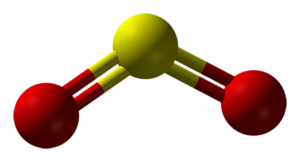
Solving the Sulfite Puzzle (WineMaker)
When I first started making wine at home, I understood the role and importance of sulfite in preserving wine, but I never could get the same answer twice to my queries on how much sulfite I should add. Sulfite is the most effective and widely used preservative in winemaking. It safeguards musts and wines against premature oxidation and microbes that could otherwise spoil wine.
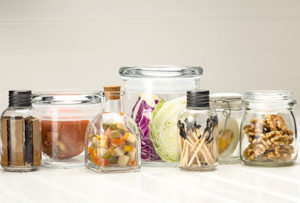
When Wines go Bad (WineMaker)
Whether you make wine at home, commercially, or simply enjoy drinking it, it’s likely you have encountered faulted wine; maybe it was the subtle aroma of geranium leaves, an aromatically muted glass pour, the unmistakable odor of barnyard, or perhaps you thought you poured yourself a glass of nail polish remover by mistake.
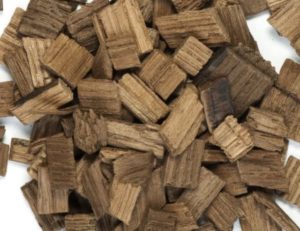
To Oak or Not to Oak: the Influence of Oak on Wine (Vincarta)
Oak has a bad rep. I know lots of people who won’t drink chardonnay at all because they had a bad experience with an over-oaked new world example. But the influence of oak on wine is not as simple as that. But oak also contributes many of the flavors we associate with good wine, especially in reds. So, to oak or not to oak: that is the question!

